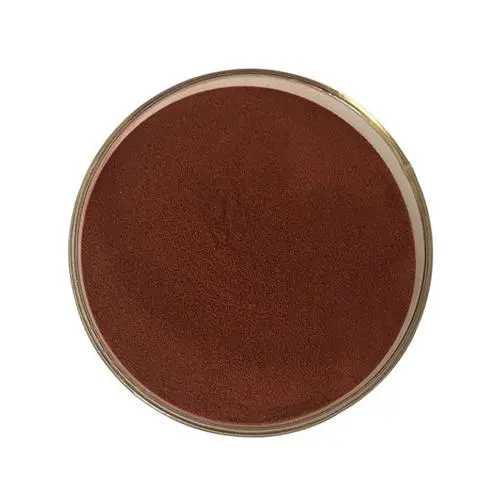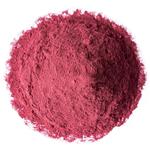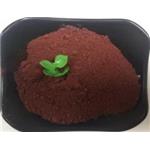Differences between red and white phosphorus and their applications
Dec 18,2023
Differences between red and white phosphorus
Phosphorus comes in two main forms: white phosphorus and red phosphorus. White phosphorus is a toxic, waxy solid that can cause severe burns on contact with skin. It glows in the dark and spontaneously combusts when exposed to air. Red phosphorus is an amorphous, non-toxic powder. It exists in an amorphous (non-crystalline) network of phosphorus atoms. It has been found to be more stable than white phosphorus (another naturally occurring phosphorus isomer). Red phosphorus is characterized by its deep red color and powdery texture. When heated to temperatures above 300, red phosphorus undergoes crystallization. It can also exhibit a cubic structure in its lattice. Red phosphorus is not as chemically reactive as white phosphorus.

Applications
White phosphorus is used in flares and incendiary devices. Red phosphorus is in the material stuck on the side of matchboxes, used to strike safety matches against to light them.
When mixed with magnesium and binders, red phosphorus can be used as a smoke device to quickly create a smoke screen. It is also used in the production of methamphetamine (commonly known as methamphetamine). Red phosphorus is also used as a flame retardant in many thermoplastics and thermosets.
Red phosphorus is the most concentrated source of phosphorus and has the highest content of phosphorus among phosphorus-based flame retardants; thus its loading level is normally below 10 wt%. It is highly active in both condensed and gas phases, and the created PO· radicals can trap the free radicals in the vapor phase and reduce the heat of oxidation and quench the free radicals in the condensed phase. As a flame retardant, it is effective for both oxygen-containing polymers, such as polyesters, polyamides, and polyurethanes, and nonoxygenated polymers, such as polypropylene and polyethylene. Unfortunately, red phosphorus will release toxic phosphine (PH3) via a reaction with moisture because of poor thermal stability. Therefore to avoid the formation of PH3, the microencapsulation treatment is normally required, and another approach is adding some metallic salts, including AgNO3, MoS2, CuO, and FeCl3·H2O to trap PH3 via high reaction activity between them.
- Related articles
- Related Qustion
- Is phosphorus harmful to health? What are the food sources? May 28, 2024
Phosphorus has a concentration in the earth's crust of about 0.1% by weight. It is not found free in nature but is widely found in many minerals, usually as phosphates.
- Phosphorus: Production, application, toxicity and biological role May 6, 2023
White phosphorus is a highly toxic substance by all routes of exposure. Contact of the solid with the skin produces deep painful burns, and eye contact can cause severe damage.
- Phosphorus-Hazard and Toxicity Sep 5, 2019
White phosphorus is a highly toxic substance by all routes of exposure. Contact of the solid with the skin produces deep painful burns, and eye contact can cause severe damage. Ingestion of phosphorus leads (after a delay of a few hours) to
Supplementation with pyridoxal 5'-phosphate monohydrate can synthesize neurotransmitters such as dopamine and serotonin, maintaining a healthy nervous system.....
Nov 4,2025Biochemical Engineeringwater is polar because it has polar covalent bonds and is asymmetrical. A bent structure gives the water molecule its asymmetry.....
Dec 18,2023Inorganic chemistryPhosphorus
7723-14-0You may like
- Phosphorus
-

- $0.00 / 10kg
- 2024-12-17
- CAS:7723-14-0
- Min. Order: 10kg
- Purity: 99% purity
- Supply Ability: 1000 kg
- Phosphorus
-

- $9.00 / 1KG
- 2024-01-08
- CAS:7723-14-0
- Min. Order: 1KG
- Purity: 99%
- Supply Ability: 50000tons
- Phosphorus
-

- $0.00 / 1ton
- 2023-09-14
- CAS:7723-14-0
- Min. Order: 1ton
- Purity: 99.99
- Supply Ability: 1000000tons






